Did you know that chewing gums can promote dental health?
Abstract
Chewing gum has been a part of human culture since ancient times, evolving from natural substances to the wide variety of flavors and types available today. While often considered a means for freshening breath or as a distraction from hunger or boredom, chewing gum also holds potential benefits for dental health. This blog post delves into the relationship between chewing gums, specifically sugar-free varieties, and their impact on dental health.
The Historical Context of Chewing Gum
The tradition of chewing gum dates back thousands of years (1), with evidence at an archeological site in Sweden, where lumps of birch bark tar with tooth impressions of children and adolescents, dating back 9,000 years, have been found . This suggests that early forms were derived from birch bark tar and other natural substances.
The ancient Greeks seemed to have chewed on a similar substance, known as mastic, from which the word “mastication” likely derives. Native American Indians and Inuit chewed gum from spruce trees, a custom adopted by the Europeans who settled in New England. In India, the precursor for chewing gums was betel nuts; while in China it was ginseng, and early settlers in USA preferred tobacco leaves.
These ancient practices laid the groundwork for the modern chewing gum industry, which now offers products ranging from sugar-laden options to those sweetened with non-cariogenic polyols like xylitol.
Types of chewing gums
Chewing gums can be divided into three types (2):
- Sugar containing chewing gums
- Sugar free chewing gums
- Functional chewing gums
Let us delve deeper into each of these and see which one has what effects on the oral health.
Oral effects of Sugar containing Gums
Monosaccharides and disaccharides are used in sugar-containing chewing gum. These fermentable carbohydrates can be metabolized by oral bacteria. The bacteria (particularly S. mutans and Lactobacillus spp.) in turn produce dental biofilm and acid, which can lead to enamel demineralization and caries. (3). Hence, sugar containing gums are best avoided for oral health enhancement.
The potential cariogenicity of sugar-containing gum depends on the physical consistency, oral retention time of the gum, the frequency with which it is chewed, and the sequence of consumption (for instance, chewing sugar-containing gum before eating foods that reduce acid production will be less cariogenic than the reverse)
Sugar-Free Gum: A Friend to Dental Health
As defined by the Food and Drug Administration (FDA), a food substance can be labeled as “sugar-free” if it contains less than 0.5 g of sugars per serving. (4)
In place of sugar, these gums use high-intensity sweeteners such as
- aspartame
- acesulfame-K
- neotame
- saccharin
- sucralose or
- stevia. (5)
They also may be sweetened with sugar alcohols such as
- erythritol,
- isomalt,
- maltitol
- mannitol
- sorbitol, or
- xylitol. (5)
Salivary Stimulation and Acid Neutralization
One of the primary ways in which sugar-free chewing gum promotes oral health is through the stimulation of saliva production. Chewing triggers mechanical action and taste receptors in the mouth, leading to increased salivary flow. Simply chewing unsweetened, unflavored chewing gum base stimulates the salivary flow rate by 10-12 times that of the unstimulated rate. Saliva plays a crucial role in diluting and neutralizing acids produced by plaque bacteria on teeth surfaces. These acids can lead to enamel erosion and cavities over time. Furthermore, saliva contains calcium and phosphate ions that contribute to the remineralization process of tooth enamel.
Clinical trials have found decreased caries incidence in subjects who chewed sugar-free gum for 20 minutes after meals.
(6)
The Role of Polyols
Sugar-free gums are often sweetened with polyols such as xylitol, sorbitol, mannitol, or maltitol. Unlike sugars that can be fermented by oral bacteria into acids, these sweeteners do not serve as a food source for bacteria and are therefore considered noncariogenic. Xylitol, in particular, has been shown in clinical studies to significantly reduce Streptococcus mutans load in the mouth—a key contributor to dental caries. (6)
Functional Chewing Gum: Beyond Fresh Breath
In addition to traditional benefits associated with dental health, certain “functional” chewing gums are designed with added health benefits. Functional chewing gum is the term given to chewing gum said to have function instead of or in addition to that of traditional chewing gum.
Functional nicotine gums in tobacco cessation
Nicotine-containing gums are among are first-line pharmacologic therapies to assist with smoking cessation programs. (7)
Functional boosting gums
- Aspirin-containing gum have been sold as an over-the-counter (OTC) product for pain relief
- Caffeine-containing gums available OTC that claim to boost energy and athletic performance. (8)
Functional gums for Xerostomia
For addressing xerostomia induced by medications or nonsurgical cancer therapies, systematic reviews (9) include both sugar-free lozenges or chewing gum among the recommended interventions.
Functional gums for Oral Mucositis
Oral mucositis is characterized by ulcerative and erosive lesions that occur in the oral mucosa after radiotherapy or high-dose chemotherapy. Chewing gums may help in these conditions since it increases salivary production; however it is not found to be very effective for prevention of oral mucositis in pediatric cancer patients.
Functional gums post abdominal surgeries
A number of systematic reviews published in recent years have indicated that chewing gum may positively affect postoperative ileus, enhancing surgical recovery following various types of surgical interventions (e.g., colorectal, gastrointestinal, gynecologic, and urological) (10-12)
Conclusion
Chewing sugar-free gum represents an easy yet effective adjunct to daily oral hygiene practices aimed at maintaining dental health. By stimulating saliva production, it helps neutralize harmful acids and provides minerals necessary for remineralizing tooth enamel. When used alongside regular brushing and flossing routines, sugar-free gum stands out as more than just a breath freshener—it’s an ally in promoting overall oral health, especially when used as functional chewing gums
References
- CalmX, some as; Artist, Was an Experimental; Director, Film; producer; Creator, Video Game Content; inventors, freelance writer for some 18 years She specialized in writing about; inventions; March 2015, in particular Bellis died in. “How We Have Bubble Gum Today”. ThoughtCo.
- American Dental Association Oral Health Topic: Forensic Dentistry and Anthropology. 2022. “https://www.ada.org/resources/research/science-and-research-institute/oral-health-topics/forensic-dentistry-and-anthropology“
- Touger-Decker R, van Loveren C. Sugars and dental caries. Am J Clin Nutr 2003;78(4):881S-92
- U.S. Food and Drug Administration Additional Information about High-Intensity Sweeteners Permitted for Use in Food in the United States. “https://www.fda.gov/food/food-additives-petitions/additional-information-about-high-intensity-sweeteners-permitted-use-food-united-states#nutritive“.
- International Chewing Gum Association The Science and Technology Behind Chewing Gum Ingredients. “http://www.gumassociation.org/index.cfm/science-technology/ingredients-technology/
- Dawes C, MacPherson LM. The distribution of saliva and sucrose around the mouth during the use of chewing gum and the implications for the site-specificity of caries and calculus deposition. J Dent Res 1993;72(5):852-7.
- U.S. Department of Health and Human Services. Smoking Cessation. A Report of the Surgeon General. Atlanta: U.S. Department of Health and Human Services, Centers for Disease Control and Prevention, National Center for Chronic Disease Prevention and Health Promotion, Office on Smoking and Health; 2020.
- Russell M. Physiological and Performance Effects of Caffeine Gum Consumed During a Simulated Half-Time by Professional Academy Rugby Union Players. Journal of Strength and Conditioning Research 2020;34(1):145-51.
- Mercadante V, Jensen SB, Smith DK, et al. Salivary Gland Hypofunction and/or Xerostomia Induced by Nonsurgical Cancer Therapies: ISOO/MASCC/ASCO Guideline. J Clin Oncol 2021;39(25):2825-43.
- Sammut R, Trapani J, Deguara J, Ravasi V. The effect of gum chewing on postoperative ileus in open colorectal surgery patients: A review. J Perioper Pract 2021;31(4):132-39.
- Wallstrom A, Frisman GH. Facilitating early recovery of bowel motility after colorectal surgery: a systematic review. J Clin Nurs 2014;23(1-2):24-44
- Nelson G, Bakkum-Gamez J, Kalogera E, et al. Guidelines for perioperative care in gynecologic/oncology: Enhanced Recovery After Surgery (ERAS) Society recommendations-2019 update. Int J Gynecol Cancer 2019;29(4):651-68.

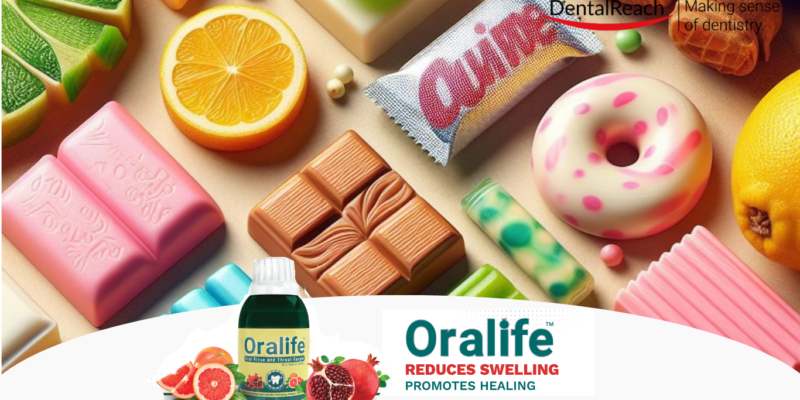
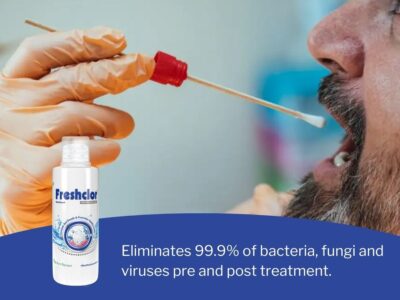
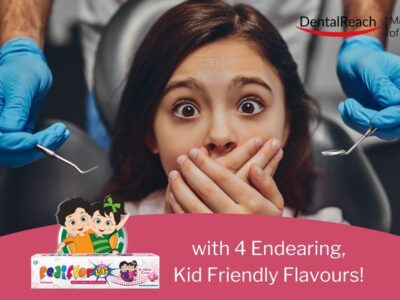
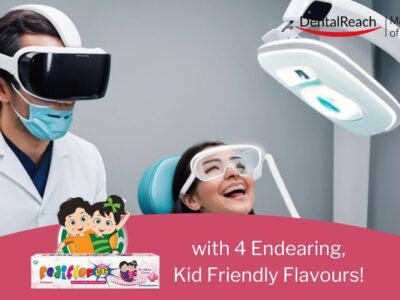


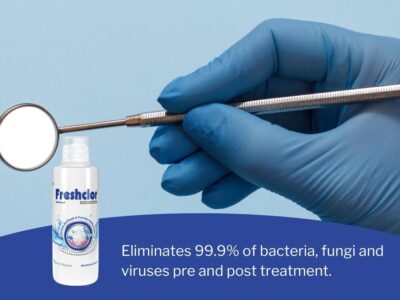









Comments